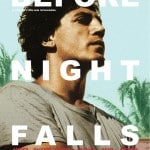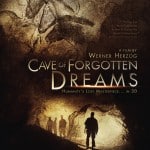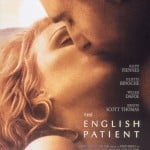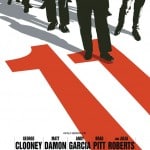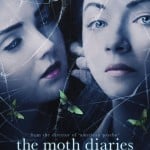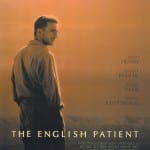When we conjure up the hit ’90s crime film Pulp Fiction, inevitably the first thing to come to mind is the iconic image of Uma Thurman, with her blunt, black-bob haircut, laying on her stomach with her legs crossed behind her. On her face she wears a sassy look of indifference in between drags of her cigarette. But, the striking thing about the image isn’t just its beauty and power—it’s the fact that the image isn’t even a screen capture at all; it solely appears on the movie’s poster.
Winner of several The Hollywood Reporter’s Key Art awards and heralded by Entertainment Weekly as one of the best movie posters of our times, the poster for Pulp Fiction was conceived by famed New York artist James Verdesoto. An Ecuadorian transplant who moved to the city at age five, Verdesoto has dedicated his career to the art of movie advertising, creating campaigns for some of the biggest and most important films of the past few decades, including the Ocean’s 11 franchise, The English Patient, The Crying Game, and over 400 other films. “Creating something from nothing is probably the ultimate skill I’ve generated as a business person and an artist,” he says. “I get obsessed with the subject matter; I read the script, watch the film, distill every frame and try to get to the core of what’s at the heart of the movie.”
As co-owner of Indika Entertainment Advertising, which he founded along with business partner Vivek Mathur in 1994, Verdesoto has received 19 Key Art Awards and nominations over the years. Though he is now an authority on film advertising, Verdesoto’s entrance into this world can be traced back to a chance encounter during his junior year at Parsons School of Design (later renamed Parsons The New School for Design) in 1981.
“One day I saw a posting on the job board for a movie-poster design contest, which told students to bring their portfolios to an office in Midtown to be judged for eligibility to participate,” he says. The poster in question was for a horror film produced by Bob and Harvey Weinstein, the founders of the late Miramax Films. The Weinstein brothers are now legendary power players in Hollywood, but at the time Miramax was a small enterprise run in a two-office suite in Manhattan. “Everyone competed to do mock-ups for the poster, and I ended up winning,” Verdesoto says. In addition to the $800 cash prize, the contest opened up Verdesoto’s eyes to the film industry. It was also the start of a long-standing relationship with the Weinstein brothers.
After eight years of freelancing and owning various design companies, Verdesoto was asked to create and head a new in-house design department for Miramax in the mid ’80s. “I reported directly to Harvey and Bob,” he explains. “They gave me my training in entertainment; everything I learned about how to sell movies came from watching them and listening to them as well as their drive and passion for the industry.”
During his four years as creative director at Miramax, Verdesoto designed upwards of 200 posters for the brand, including The Piano, The Thin Blue Line, and, of course, Pulp Fiction. He says, “That was the last project I did with them before I started Indika. It was an amazing project.”
Verdesoto continues to reap acknowledgement for his artistic prowess and marketing savvy, clearly evidenced by the surplus of Key Art awards that adorn his office. In fact, this year Verdesoto is the chair of the Print Advertising Jury at the Key Art Awards. But, despite the accolades, one of his most thrilling honors came in the form of a solo museum retrospective of approximately 90 of his most famous movie posters at the Itchimbia Museum in his hometown of Quito, Ecuador, which he hadn’t visited in more than 40 years. But after decades apart, Verdesoto was quickly embraced as an instant art celebrity in his native country. “The great thing was that I got to reunite with my Ecuadorian family,” he says. “But, on top of that, I also got to see the work as a cumulative effect, which was really wonderful. I feel lucky to have an opportunity to share my vision with people and to communicate what I see.”

